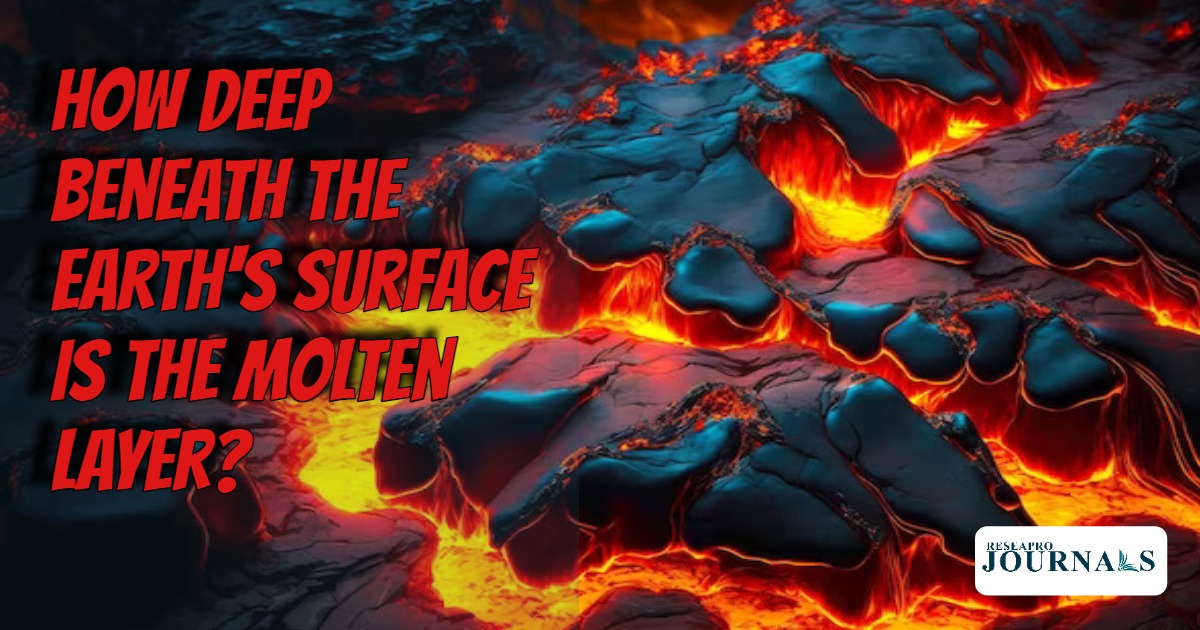
Scientists discovered a new layer of partly molten rock beneath the Earth’s crust, shedding light on plate tectonics. The University of Texas at Austin led the study, published in Nature Geoscience (Feb. 6, 2023), revealing this layer’s global extent within the asthenosphere. Positioned about 100 miles below the surface, it facilitates plate movement by forming a soft boundary. Contrary to previous beliefs, melt does not significantly affect mantle flow. Instead, heat convection and rock movement primarily influence plate motion. This finding simplifies Earth’s modeling by removing a previously considered variable, enhancing our understanding of tectonic processes.

